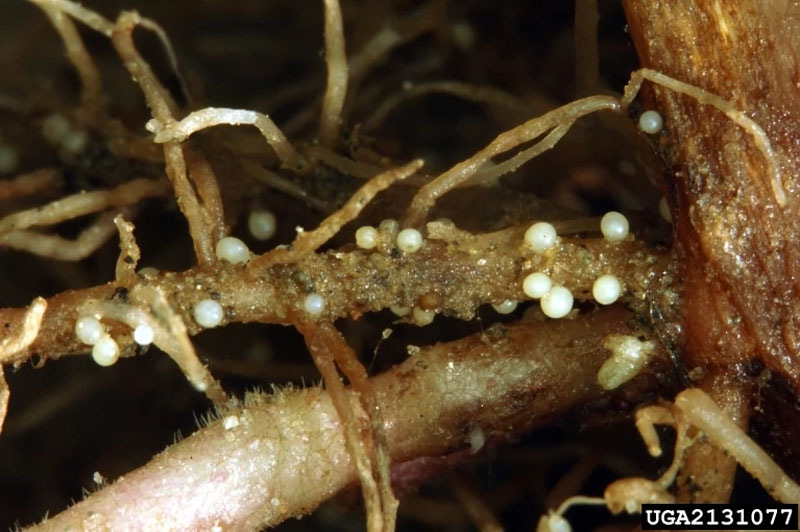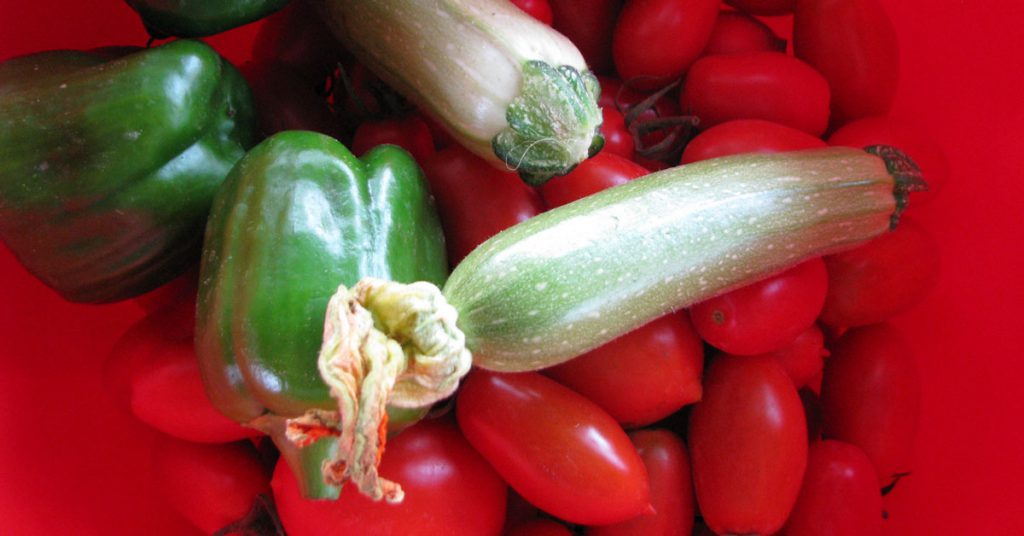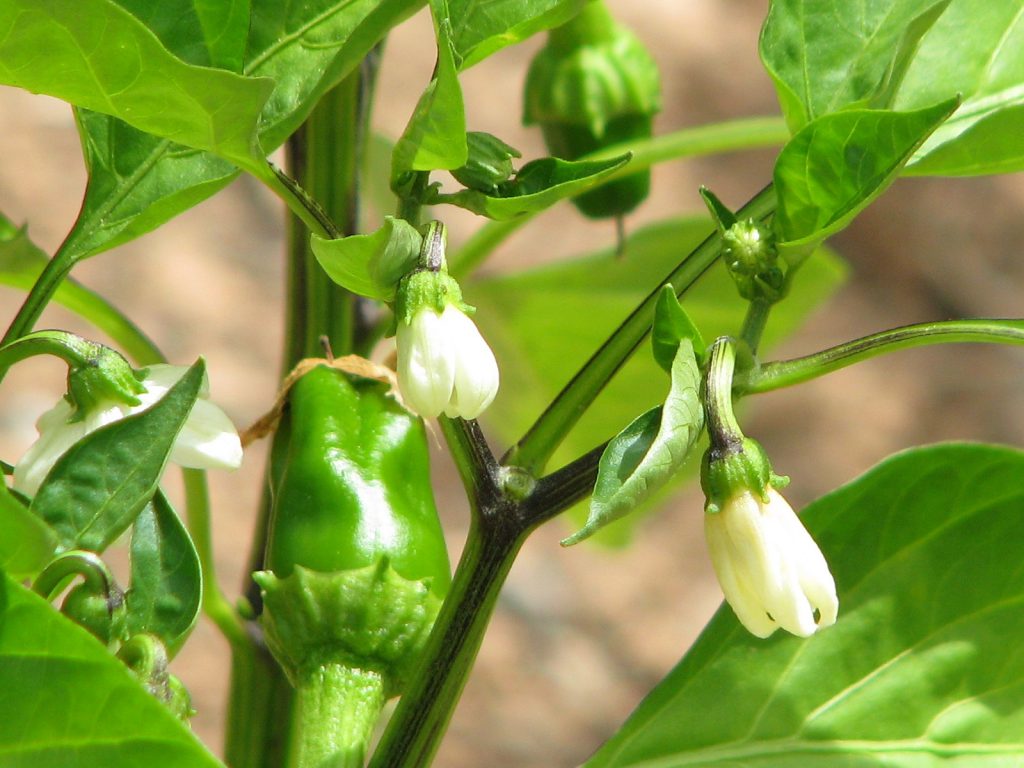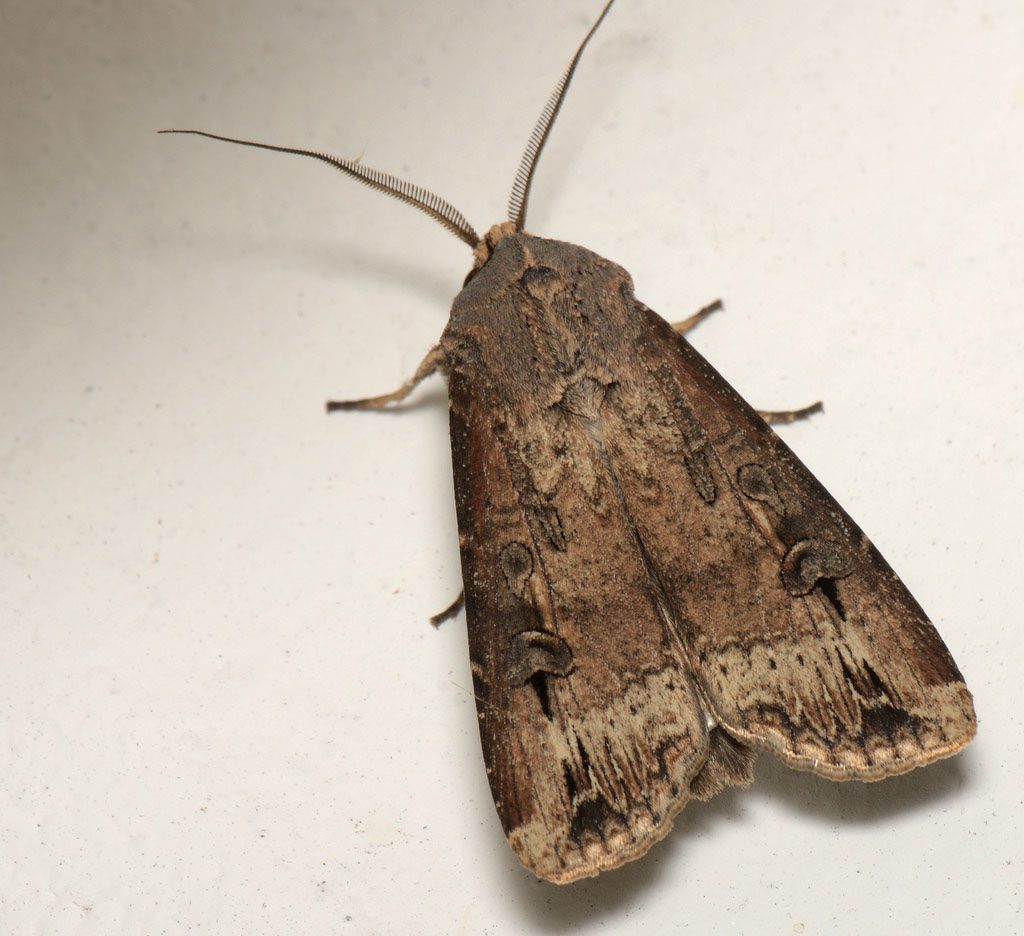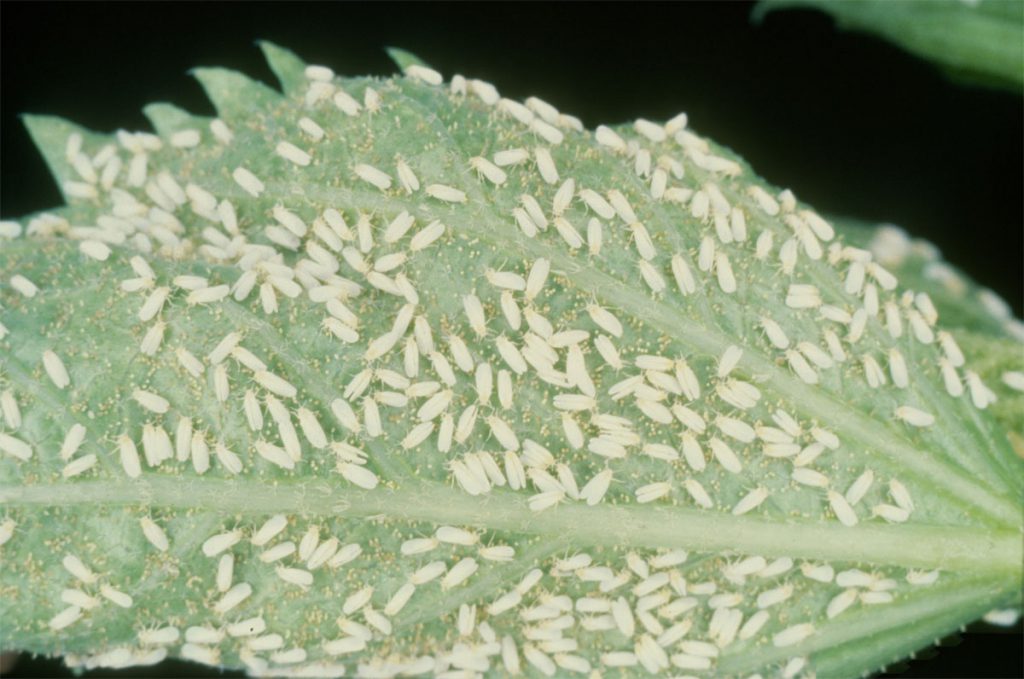Root-knot nematode attack tomatoes and other solanaceae plants, cucurbits (mainly from the genus Meloidogyne spp.), leafy vegetables (from the genus Globodera spp., Pratylenchus spp.)
Scientific name: Meloidogyne spp., Globodera (Heterodera) rostochiensis, G. schachtii, G. cruciferae, Pratylenchus spp.
Greek name: Νηματώδεις
Damage
In field locations, plants exhibit delayed growth, and on the roots, cysts (Globodera spp.) or nodes (Meloidogyne spp.) are formed.
Pest
Meloidogyne spp.
Adult nematodes are 1-1.5 mm long. Μales are filamentous, while females have an apricot like shpae. The nymphs are about 0.5 mm long.
Nematodes grow in the root tissues of plants. However, adult males and second instar nymphs may leave the roots. The nymphs move freely in the soil and can therefore attack several plants, one after the other.
Globodera (Heterodera) spp.
Male individuals are 1 mm long and are nematomorphous. The females, on the contrary, swell into a sphere shape and form the cysts, which are 0.4-0.8 mm in diameter.
The nymphs are nematomorphous and are about 0.5 mm long.
Pratylenchus spp.
Adult nematodes are 0.4-0.8 mm long, nematomorphous and whitish in color. Their body edges are rounded.
The nymphs are much smaller in size and their identification is very difficult.
These nematodes enter the roots and feed on the plant tissues. Both adult nematodes and nymphs move freely in the soil and can attack many roots.
Source
www.bayercropscience.gr
Meloidogyne incognita
Meloidogyne incognita, Radopholus similis, and Pratylenchus sp.
Root-knot nematode
Tags: BEETROOT • BEETROOTS • PEPPER • PLANTS ENEMY • POTATO • POTATOES

